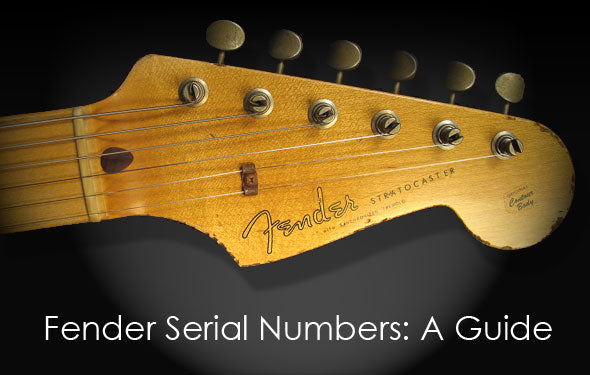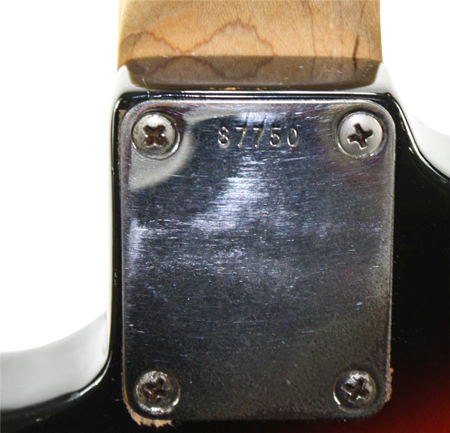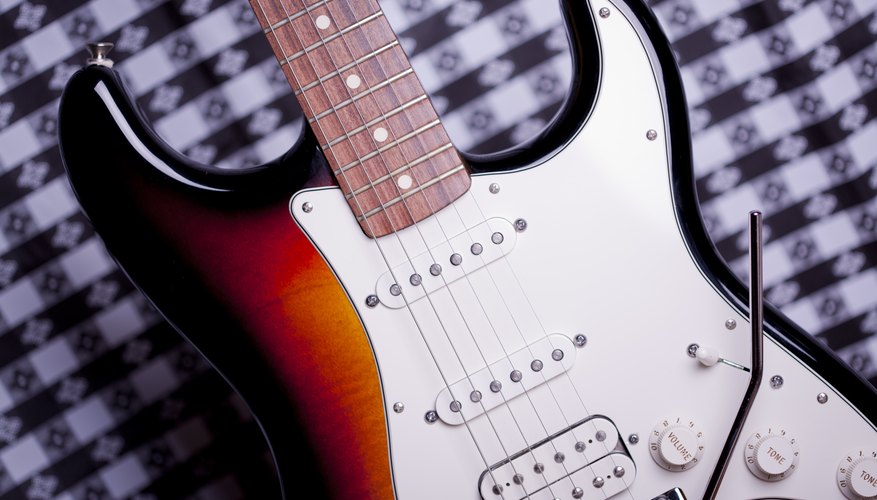Fender squier serial numbers guide
Fender® Forums • View topic

Below is a list of date formats and how they were marked on the neck-butts: 1950-1954: Hand-written below the truss rod adjustment at the butt end of the neck. Starting with the letter B, this is the same neck width code Fender has been using since 1962. Vintage Series, check neck date for specific year E4 + 5 5 digits E8 + 5 5 digits V + 4, 5 or 6 5 digits U. I have the Fall 92, 93 and 94 Frontlines. By all the dents and scatches I would say it's that old.
Fender® Forums • View topic

Vintage Series, check neck date for specific year E4 + 5 digits V + 4, 5 or 6 digits U. I'm not sure; I don't own any books on Teles. It follows that potential scammers can use this knowledge to try to trick unsuspecting buyers. Might even scan the entries if your interested? Please note that fender serial numbers tend to overlap by at least a year, and thereby the date of your guitar can only be approximated. For Telecasters, please read the additional info. Thanks for compiling this great list, leadowner! As always, there is typically some number prefix overlap and carryover from year to year.
Guide to Fender Bass Serial Numbers

Sometimes a date is stamped or hand-written on the butt of the neck. Fender bass guitars are no exception. Korean Squiers: C refers to Cort, V refers to Saehan Sunghan , S was already taken by Samick so Saehan Sunghan used V instead Saehan Sunghan made the Vester guitars. How to read the 1969-1971 neck stamps The neck stamps on Fenders from 1969 to 1971 can be most logically translated by reading from right to left. If there is not anything written, all the parts will have to be analised and compared to the models showed in Fender Japan catalogs over the years. On some Telecaster guitars the serial number is found on the bridge plate between the pickup and the saddles. Again, notice the overlap in numbers and years.
Fender: Fender Japan Serial guide

I plan some upgrades, but even after being to Hell and back from the looks of it the thing is solid and plays great. Since the neck is only a component of the guitar, it could have been produced a number of years before the actual instrument was assembled, hence the date on the neck is not necessarily the production date of the whole guitar. The chart below shows Fender serial numbers from 1965 to 1976. As também impedem a entrada de insetos peçonhentos como as aranhas e os escorpiões, estes insetos também oferecem risco, pois seu veneno em poucos minutos podem levar uma criança a morte. Vintage Series, check neck date for specific year Fender was sold again in 1985 to the existing owners, but the numbering remained the same. While these policies offer an indication of what year they refer to, they are typically specific to the component they are attached to. Not to mention that mistakes happen, like some 1990 instruments that have N9 serial numbers due to a printing error.
fender serial number lookup

If you have a Fender in your hands, you can use this guide to precisely date your Fender instrument all the way back to 1950. So, post-1996 models only would have this form of serial number. I thought that differences and diversity were to be appreciated and valued? Also there are no markings denoting country of manufacture. Those made by Cort are the most desirable. A dengue, por exemplo, já matou centenas de pessoas só na capital de e um pequeno investimento em nossas podem salvar vidas. As usual, there is some overlap from year to year.
Fender® Forums • View topic

Everything looks Squier other than that. Thanks once again sir, you have been very helpful. It's nice to have this in one place, for everyone to benefit from. We highly recommend each of them. As garantem um sono tranquilo a toda família, livrando e protegendo-nas dos mais diversos insetos. I will have another look tonight.
fender serial number lookup

The range 100-400 was used specifically between the years of 1951 and 1952. Vintage Series, check neck date for specific year V + 4, 5 or 6 5 digits U. This information is courtesy , republished here for your convenience. Only the seven-digit suffixes were actually entered into the database. Also, the first two digits indicate the year it was made so 2000 for that one. Again, these numbers are specific to the bridge plate, which could have been removed and installed on your guitar at some point, or stored a time before installation at the plant. A likely explanation is the use of leftover necks, which Fender is known to have done at several occasions.
Fender: Fender Japan Serial guide

Vintage Series, check neck date for specific year E8 + 5 digits E9 + 5 digits V + 5 or 6 digits U. This article deals only with U. Some users may find the prospect of disassembling their Fender unsettling; if so, please refer to an experienced professional guitar tech for help. Alphanumeric characters offer a faster way to identify the decade the neck was built. Mexican Squiers: M stands for Mexico, the second character refers to the decade: N represents Nineties 1990's.
FDP

Again, a neck was stamped with either the new or the old date stamp, but not both. This one is a must especially for the newer stuff. Vintage Series, check neck date for specific year E4 + 5 5 digits V + 4, 5 or 6 5 digits U. Its a pity there is no official Squier history. But to be sure of the age you need to consider things like the features on your instrument, and if at all possible check out things like date markings on the body end of the neck, pot codes, and so on.
Fender Instruments Serial Number Dating Guide

First half of 1959: No markings for a period after a customer complained about an obscenity written on the neck butt. My bullet on the other hand is truly a gem. March 1962 to 1965: Dark blue or red ink stamps below the truss rod adjustment at the neck butt. Other exceptions exist as well. But it plays like butter and holds a tune very well.
Download cracked games for xbox one
Pasar windows de iso a usb
Flac music free download sites
